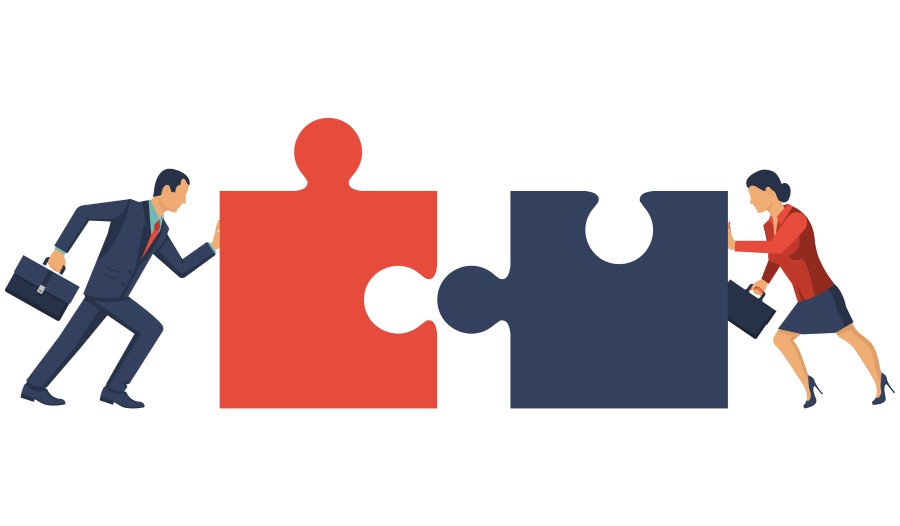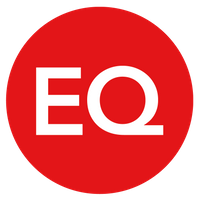Bring reward, talent and HR together to deliver the employee experience

What is EX?
Put simply, EX is the sum of everything an employee experiences, from perception of a company pre-employment, the experience of onboarding, employment and everyday life to reward and recognition, learning and development, exit and retirement.
It helps ensure integration and employee-centricity across the business and from the top down, bringing together all business departments and harnessing the technical and analytical skills of IT and marketing colleagues to help with the people analytics aspect.
The latter point is particularly pertinent. EX is something that can be measured throughout the employment lifecycle, in a way that demonstrates tangible value to a company’s productivity and profitability.
People analytics provides the framework, integrating all the disparate analytics efforts within companies – from employee engagement surveys, recruitment and compensation to workforce planning analysis and career development reviews.
The data and insights obtained only form part of the solution though. The real value is in turning these insights into change that delivers business value. The hardest part of the analytics journey is engaging directly with the business and helping to directly apply the findings to real interventions or management changes.
Why does EX matter?
1. Brand and Employer Value Proposition
First and foremost, EX helps deliver a company’s brand promise and Employer Value Proposition (EVP). Brand may be defined as ‘how you are seen’. EVP is ‘how you want to be seen’.
To ensure success in a business world now characterised by corporate altruism coupled with employee voice, choice and flexibility, a compelling brand must be linked to a strong EVP. It’s no longer enough for companies to tell employees and consumers how they should think and feel about their brand. People are now a lot more empowered. We have access to more information on companies than ever before and can delve much deeper than the traditional shop window aspects – namely the annual report, accounts and company website.
Now employees and prospective employees can find out about your reward and bonus history, plus ‘insider’ information from current and ex-employees via social media channels and recruitment sites such as Glassdoor.
We want authenticity these days, especially the younger generation. We want to hear what companies are really like from our peers and learn whether they are delivering on their promises.
Although financial stability and growth projections are still important aspects, Millennials and Generation Z place a much higher value on work/life balance than their work hard/play hard predecessors.
In developing an EVP, you need to think about what makes people choose your company over competitors and what makes them stay with you. Once the answers to these questions are defined, build upon these positive aspects and ensure they are lived and breathed consistently.
That’s where EX comes in. Everything else is intrinsically linked.
2. Competitive labour market
The labour market is shrinking. In the UK, those aged 50–64 now outnumber those aged 25–34, according to the latest summary of labour market statistics from the Office for National Statistics. The number of active 16–17 year olds has nearly halved, while the number of active 65+ has more than doubled.
In short, it’s getting ever harder to attract and keep the right people for the job.
Brand and EVP represent critical aspects in attraction and retention. And, in turn, EX represents both the delivery mechanism of brand and EVP and a robust ‘customer satisfaction’ tool.
3. Working together for the greater good
There are now tools available on the market that help companies deliver and measure EX, effectively removing deep-seated silos and bringing together all business units in the process.
Success relies solely on understanding what people want, going under the surface and tapping into the motivations and emotions of employees.
For this, you need a combination of employee data: the kind of things mentioned earlier to which Reward, Talent and HR will already have access, such as employee satisfaction surveys, data from onboarding and exit interviews, share scheme members, pension contributions and benefit information.
With the help of experts in EX, this can then be combined with third party information (lifestyle, household information, financial, employer) and open source data (local government statistics, access to services, deprivation/affluence) to unlock insights that explain employee behaviours.
The next step is to develop bespoke communication strategies to target different cohorts and influence individuals more positively. This is most effective when it incorporates triggers, designed to prompt communications to employees at critical moments in their life, such as moving house, having a child, changing jobs etc.
In short, EX is the common denominator for Reward, Talent and HR.
It’s a powerful driver for working together. Data represents the underlying mechanics. By combining the first party data held by each of these specialties, together with third party and open source data, you can enable powerful insights that can be used to ensure engaged and motivated employees.
Author is Andrew Woolnough, Director of HR Solutions at Equiniti.
This article was provided by Equiniti.
Supplied by REBA Associate Member, Equiniti
Hi we are EQ; some may know us as Equiniti! We provide specialist reward, benefits and payroll solutions.







